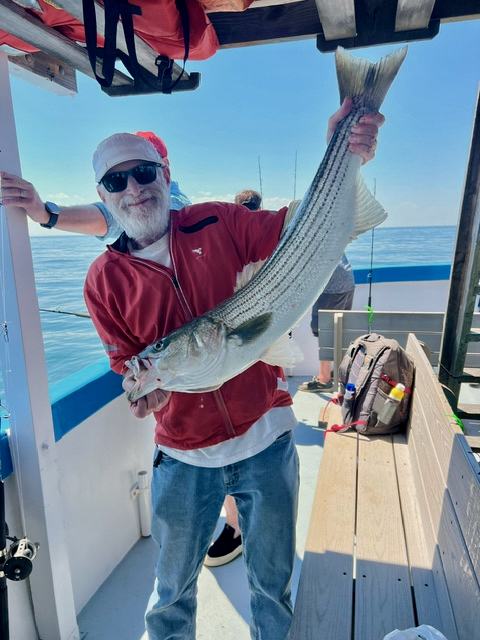I’m not a scientist, but as a more-than-casual observer of all things ocean-related, it seems to me that it’s been getting windier out here. What I have known since childhood and observed for decades in the coastal communities where I work in the summer is that we usually get a breeze that comes up in the afternoon and fades with the sunset. Sailors refer to this afternoon breeze as a “land breeze” because it disappears as you get far enough offshore.
There is a simple explanation for that. When the heat of the summer sun hits the Earth’s surface, land heats up significantly faster and hotter than water does. The warmer air over the land rises faster and higher than the air over the water, and the cooler ocean air rushes in to fill the vacuum. Voilà, you have that summer afternoon breeze people on our shores have long appreciated.

Weather people call these ascending and descending drafts convection cells. As the sun gets low in the evening and air temperatures begin to cool, the temperatures of these air masses equalize and the breezes fade.
My guess is that, with hotter land temperatures, this whole convection process is more dramatic and longer lasting. What I know is that our local coastal winds have increased in both intensity and duration. If this is part of the climate change we are experiencing, then we had better get used to it.
For the average person on vacation, this wind might be a negative experience. The breeze is a welcome relief on hot summer days, but getting sandblasted at the beach might be a notable exception to the pleasures of this wind. For the sailing enthusiast, the wind is probably an unexpected bonus. But for the guys and gals who work offshore taking people out to fish or whale watch and for the commercial fishermen in small boats it can mean rough conditions and even potentially fewer days out on the water, and that’s not a good thing.
When we could get out, fishing this last week was pretty good. There were striped bass from Race Point to the Ranger Station in Provincetown, with a good number of fish in depths anywhere from 20 to 50 feet. Wire line trolling seems to be doing better than drifting baits or vertical jigging, but fish were caught using all three methods. A fair number of under-slot-size bass have been showing up in catches lately as well.
Bluefish have done a disappearing act for reasons that escape me and everyone else who is looking for them. All we can do is wait and see when and where they will reappear and hope it is soon.
As I write this, I’m listening in on reports of one of the biggest dolphin strandings ever observed, with as many as 125 Atlantic white-sided dolphins reportedly in trouble at “the gut” — the part of Wellfleet Harbor near the mouth of the Herring River. My colleague at the Indie Jack Styler was there and has a report on the many International Fund for Animal Welfare team members and volunteers who are still working to save as many dolphins as possible. You can find it in the news section of this week’s edition.



